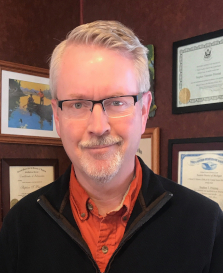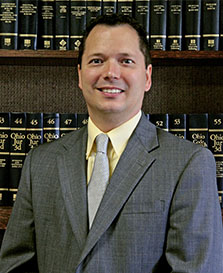
Chapter 7 is the most common type of bankruptcy. It is sometimes referred to as “liquidation bankruptcy,” or “straight bankruptcy.” Its purpose is to provide you with a fresh start by wiping out all qualifying debts including credit cards, medical bills, past due utility bills, charge-offs, repossession deficiencies, and lawsuits, as well as a variety of other debts. In chapter 7 there is no repayment required for most unsecured debts, your debts are wiped out completely and permanently.
Chapter 13 bankruptcy provides consumers with a way to consolidate debt under federal law and repay creditors all or a portion of what is owed over time. The idea behind chapter 13 is that the consumer makes sufficient income to pay all current living expenses (rent, food, car, utilities, etc.), but not enough to pay off all debts in full or comply with creditor’s demands. In chapter 13, living expenses are paid first, then whatever is left over goes into the bankruptcy plan. The plan is not based on what you owe (in most cases), it is based on your ability to repay creditors. The calculation of your plan payments involves many variables, but most importantly, it is based on your income and expenses. Whatever is left at the end of the month goes into the plan, even if it only pays creditors pennies on the dollar. The plan lasts for 36 to 60 months, unless your debts are fully repaid in a shorter period of time. At the end of the chapter 13 plan, any amounts still owing on your unsecured debts are forgiven.

